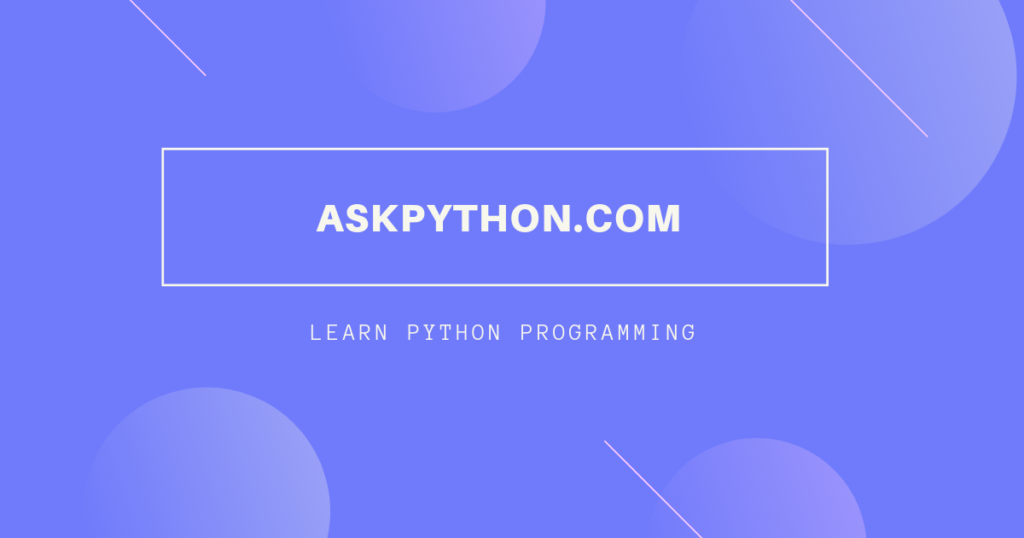When you use a casino website, the frontend (what you click, what you see) is only half the story. Behind the scenes, there’s a backend that tracks user balances, accepts bets, resolves game outcomes, and handles requests like placing a bet or withdrawing funds. Your job is to build the plumbing so that everything stays consistent, reliable, and fair. A bug there can mean money disappears or users cheat.
You’ll see two main frameworks people pick in Python for web backends: Flask and Django. Each has its trade-offs, flexibility versus built-in features. Later on, I’ll sketch how minimal architecture might look.
Flask vs Django: Which Fits Your Project?
If you’re new and want more control, Flask gives you the building blocks. It’s lightweight, doesn’t force structure on you, and lets you decide which parts to include. Many developers find it ideal for APIs and simpler applications. Django, on the other hand, comes with a lot of ready-made parts: user authentication, admin panels, templating, and database tools. For a bigger project, all those extras can save a lot of time.
Some of the best $10 minimum deposit casinos get this part right by combining fast-loading interfaces with fast payouts, instant balance updates, and minimal signup steps. To deliver that experience, their backend must support near-instant wallet validation, frictionless session handling, and a lightweight game resolution engine that won’t block during peak hours. Whether you’re running Flask or Django, building with those performance goals in mind keeps things efficient and scalable.
So, use Flask if you want a hands-on setup, are building something small or mid-scale, or want to learn how everything fits together. Django works well if you expect your casino to grow or want a framework that handles more out of the box. Whatever you choose, the backend has one job: making sure the game logic and user data never go out of sync.
Core Architecture Ideas
Here’s a basic layout that can form the foundation for your casino backend. Consider it a starting point; you can build on it later.
The request layer is the part that accepts incoming API calls. These might include actions like placing a bet, spinning a game, checking a balance, or requesting a withdrawal. The game engine is where the logic happens. This is where you decide outcomes, apply rules, and make sure games run fairly.
Data storage is handled with a database. It should track user accounts, balances, game sessions, bets, and transaction history. Session and state tracking help you keep tabs on where each user is in a game, so that nothing gets mixed up or repeated by accident.
Then there’s the consistency layer, mechanisms that make sure two players don’t accidentally trigger the same bet logic or drain each other’s balances. That means using database transactions or row locking to prevent race conditions.
When a player places a bet, the flow might look like this. The user sends a bet request with their ID, amount, and game data. The backend checks if they have enough balance and if the bet is allowed. The amount gets temporarily deducted. A result is generated. If it’s a win, the payout is added. Everything is stored in the database, and a response is sent back.
On the database side, you might have a few simple tables. A User table to track logins and balances. A GameSession table to follow the user’s game state. A Bet table to log bet amounts and outcomes. And a Transaction or Ledger table to store all money movements, including deposits and withdrawals.
Handling Concurrency and Consistency
In any real-money setup, whether you’re running banking transfers or casino bets, concurrency is a consistency problem. Two users placing bets at the same time, or one user triggering multiple rapid-fire clicks, can cause race conditions if the backend isn’t locking the right resources. Similar to how banking systems use optimistic or pessimistic concurrency controls to protect account balances, casino platforms need to wrap balance changes in safe transactions. That means ensuring only one request updates a balance at a time, even under pressure. It’s the difference between a fair game and a broken one.
Idempotency is another must. That means if a client accidentally retries a bet request, the backend doesn’t double-charge or create duplicate records. Many APIs solve this by assigning each request a unique ID and ignoring duplicates.
As traffic grows, you’ll need to consider performance. Sessions can be stored in memory at first, but later might move to a fast store like Redis. Game logic might eventually be split off into separate services. You can also cache frequently read data and introduce messaging queues for processing large volumes of bets.
What to Watch Out For
You’ll need to validate all user inputs to prevent exploits. Randomness should come from reliable sources; using Python’s random module is fine for prototypes, but for real games, consider cryptographic libraries. Always record what happened and when. That means logs, timestamps, and audit trails. You also want to be able to explain any weird balance changes.
Don’t try to glue everything into one function. Keep logic for game resolution separate from your Flask route handlers. The same goes for validation and database interactions. Over time, you’ll also need to build admin tools to help operators monitor the system, reverse bets, or issue refunds.
Conclusion
Once you’ve built the core, the next steps are user registration and login, withdrawals and deposits, and more games. Add error tracking and performance monitoring. If you want to support thousands of users, invest time in building APIs that scale well. Consider swapping SQLite for a full-featured database. Break your app into services as it grows. And add tests to simulate game load and spot edge cases.

